When it comes to toys, two of the most popular categories are dolls and plush toys. Though often used interchangeably, these two types of toys have distinct differences that serve different functions and appeal to various age groups. Dolls have long been a staple in childhood play, while plush toys offer a softer, more comforting alternative. But what exactly sets them apart?
Dolls are typically made from rigid materials like plastic or porcelain and feature intricate designs, often representing human or animal figures. Plush toys, on the other hand, are soft, stuffed with fiberfill, and are generally more comforting, serving as companions for children.
In this comprehensive guide, we’ll break down the differences between dolls and plush toys, including their materials, uses, and cultural significance. Whether you’re a collector, parent, or simply curious about toys, this guide will provide valuable insights to help you better understand these beloved childhood staples.
1. What is the Difference Between a Doll and a Plush Toy?
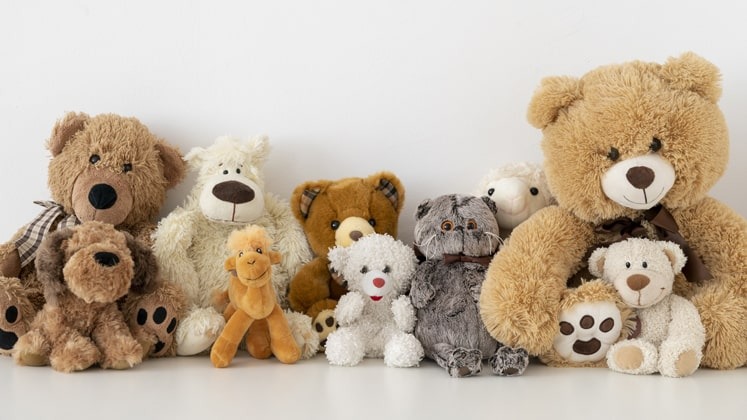
The primary difference between a doll and a plush toy lies in their structure and materials. A doll typically has a rigid body made from materials like plastic, porcelain, or vinyl. Dolls often have intricate features such as facial expressions, limbs, and clothing, which make them more detailed and lifelike.
Dolls have rigid bodies, often made from plastic or porcelain, and are designed with detailed features. Plush toys, by contrast, are soft, stuffed figures made from fabric and filled with materials like polyester fiberfill.
- Material and Structure: Dolls are typically made with hard materials like plastic, resin, or porcelain, which gives them a more solid, durable form. They are often used as collectible items, requiring attention to detail in their design. Plush toys, however, are made from fabric and filled with soft materials like polyester fiberfill, making them more suitable for cuddling and comfort.
- Design and Functionality: Dolls are commonly designed to mimic human or animal figures, often used for imaginative play or display purposes. Plush toys, on the other hand, are designed for sensory comfort, often serving as companions for children or even adults.
| Özellik | Dolls | Peluş Oyuncaklar |
|---|---|---|
| Malzeme | Plastic, porcelain, vinyl | Soft fabric, polyester fiberfill |
| Structure | Rigid and detailed | Soft, flexible, stuffed |
| Primary Use | Collectible, imaginative play | Comfort, companionship |
2. What Materials Are Used in Dolls vs. Plush Toys?
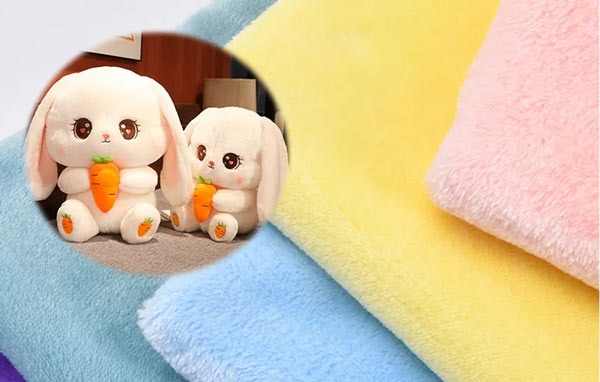
The materials used to make dolls and plush toys vary greatly, affecting their texture, durability, and use. Dolls are made from harder materials such as plastic, porcelain, and resin. These materials are durable but lack the softness and comfort that plush toys provide. Plush toys are typically made from fabrics like cotton, fleece, or velvet and filled with polyester fiberfill, which gives them their soft texture.
Dolls are crafted from rigid materials like plastic and porcelain, whereas plush toys are made from soft fabrics and filled with materials like polyester fiberfill, making them more comfortable and squeezable.
- Fabric Choices for Plush Toys: Plush toys often feature fabrics such as fleece, cotton, or velvet. These materials offer different textures, providing options for varied comfort levels. Cotton is breathable and hypoallergenic, while fleece provides warmth, and velvet gives a luxurious feel.
- Plastic and Porcelain Dolls: Dolls made from materials like plastic and porcelain tend to have a more rigid, solid feel. These materials are used for their durability, but they can be fragile and lack the comfort that plush toys provide.
| Malzeme | Dolls | Peluş Oyuncaklar |
|---|---|---|
| Common Materials | Plastic, porcelain, resin | Cotton, fleece, velvet, polyester fiberfill |
| Functionality | Durable, collectible | Soft, comforting, flexible |
| Dayanıklılık | Long-lasting but can break easily | Durable, machine washable |
3. Which One is Better for Children: Doll or Plush Toy?
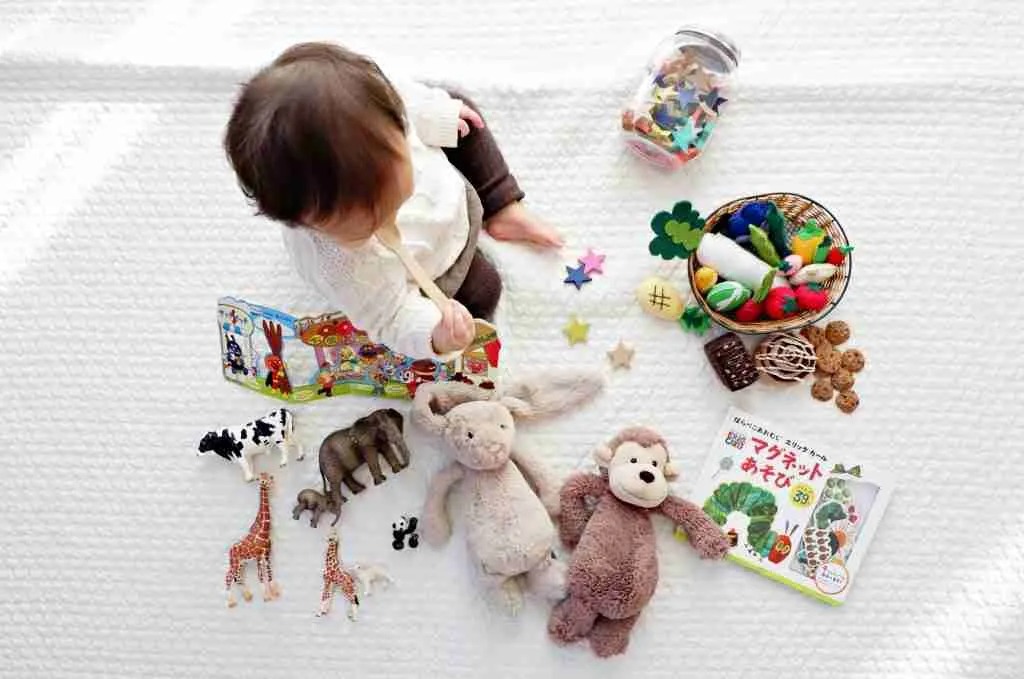
When it comes to choosing between a doll and a plush toy for children, plush toys tend to be the better option for younger children, especially those under 3 years old. Plush toys are softer, safer (no small parts), and provide emotional comfort. Dolls, while also valuable, tend to be more suitable for older children, often used for role-playing and imaginative scenarios.
Plush toys are generally safer and more suitable for younger children due to their softness and lack of small, detachable parts. Dolls are better suited for older children and serve as great tools for imaginative play.
- Safety Considerations: Plush toys are less likely to pose choking hazards, making them ideal for infants and toddlers. They’re also easier to clean and maintain. Dolls may have small parts, buttons, or accessories that are better for children who are old enough to understand the risks.
- Duygusal Destek: Plush toys often serve as a comforting presence for children, providing emotional support, especially during nap times or bedtime. Dolls, while also offering companionship, are better for encouraging imaginative play and social development.
| Age Group | Ideal Toy | Sebep |
|---|---|---|
| Infants and Toddlers | Peluş Oyuncak | Soft, safe, comforting, and easy to clean |
| Older Children | Doll | Encourages imagination and role-playing |
4. How Are Dolls and Plush Toys Made?
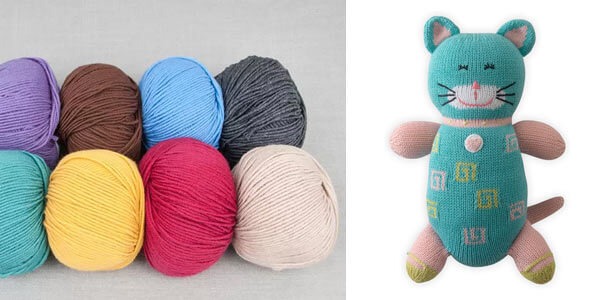
The manufacturing processes for dolls and plush toys differ significantly. Dolls are made by shaping materials like plastic or porcelain, then adding features like hair, eyes, and clothing. In contrast, plush toys are made by cutting fabric into shapes, sewing them together, and stuffing them with fiberfill.
Dolls are crafted by molding materials and adding detailed features, while plush toys are sewn together from fabric and filled with stuffing to create their soft, cuddly form.
- Doll Manufacturing Process: Creating a doll involves several stages, from molding the body to painting facial features and stitching on clothes. These detailed steps require precision and craftsmanship to ensure the doll is lifelike.
- Plush Toy Manufacturing: Making plush toys starts with designing the character or creature, then cutting the fabric into the necessary pieces. The pieces are sewn together, stuffed with fiberfill, and then detailed with features like embroidered faces or sewn-on accessories.
| Süreç | Dolls | Peluş Oyuncaklar |
|---|---|---|
| Malzemeler | Molded plastic, porcelain | Soft fabric, polyester fiberfill |
| Production Steps | Molding, painting, sewing | Cutting, sewing, stuffing |
| Design Focus | Detail and realism | Comfort and softness |
5. How Do Dolls and Plush Toys Serve Different Purposes?

Both dolls and plush toys serve important roles, but they fulfill different needs. Dolls are often used to encourage imaginative play, helping children develop social skills and creativity. Plush toys, on the other hand, are primarily designed to provide comfort and companionship.
Dolls encourage imaginative play and creativity, while plush toys offer comfort, emotional support, and a sense of security.
- Hayali Oyun: Dolls are great tools for children to engage in storytelling, role-playing, and socialization. They often represent human figures and can be used to simulate real-life scenarios.
- Comfort and Companionship: Plush toys are often used for emotional support. They’re commonly given to children as comfort objects, providing a sense of security during challenging times.
| Amaç | Dolls | Peluş Oyuncaklar |
|---|---|---|
| Primary Function | Imaginative play, role-playing | Konfor, duygusal destek |
| Developmental Benefits | Social skills, creativity | Emotional development, sensory comfort |
6. Are There Any Popular Trends in Dolls and Plush Toys?
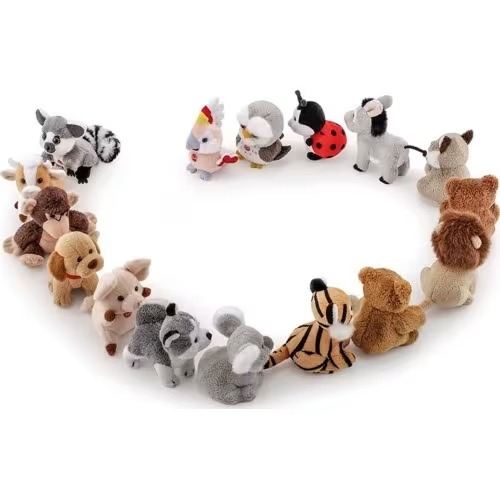
Both dolls and plush toys continue to evolve, with trends driven by pop culture, television shows, and characters. Plush toys often reflect popular characters from movies or books, while collectible dolls have become a niche for adults, especially those made with high-quality materials or designed to mimic vintage dolls.
Trends in both dolls and plush toys are driven by popular culture, with plush toys often featuring characters from movies or TV, and collectible dolls appealing to adult collectors.
- Plush Toy Trends: Characters from popular movies, TV shows, or games often influence plush toy designs. For instance, Disney characters and Pokémon have led to a surge in plush toy demand.
- Doll Collecting: There’s a growing trend of adult collectors seeking high-end, limited-edition dolls, particularly those made with porcelain, cloth, or other premium materials. These dolls often have intricate detailing and are considered collectible art pieces.
| Trend | Dolls | Peluş Oyuncaklar |
|---|---|---|
| Popular Characters | Collectible, themed dolls | Plush toys based on popular media |
| Collectibility | High-end, limited-edition dolls | Character-based plush toys for all ages |
Sonuç
Dolls and plush toys, though similar in being beloved childhood companions, serve different purposes and offer unique benefits. Dolls are fantastic for imaginative play and creativity, while plush toys provide comfort, security, and emotional support. Both hold distinct places in our lives, and understanding their differences can help you choose the right one for your needs.
If you’re looking for customized, high-quality plush toys or dolls, Kinwin offers tailored solutions to meet your needs. Contact us today for a personalized quote and start your journey to creating the perfect plush toy collection!




